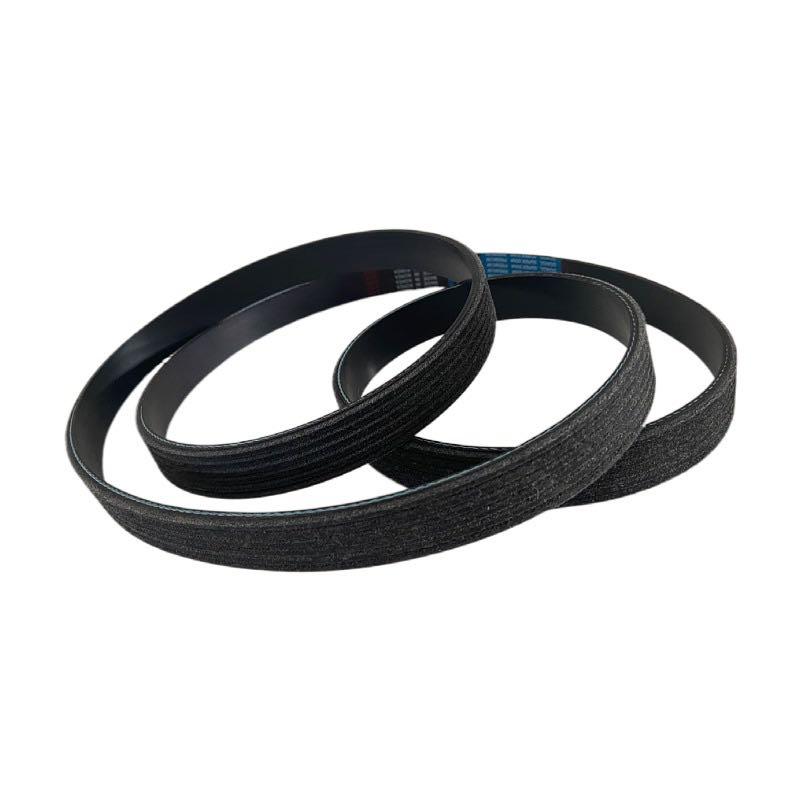- Arabic
- French
- Russian
- Spanish
- Portuguese
- Turkish
- Armenian
- English
- Albanian
- Amharic
- Azerbaijani
- Basque
- Belarusian
- Bengali
- Bosnian
- Bulgarian
- Catalan
- Cebuano
- Corsican
- Croatian
- Czech
- Danish
- Dutch
- Afrikaans
- Esperanto
- Estonian
- Finnish
- Frisian
- Galician
- Georgian
- German
- Greek
- Gujarati
- Haitian Creole
- hausa
- hawaiian
- Hebrew
- Hindi
- Miao
- Hungarian
- Icelandic
- igbo
- Indonesian
- irish
- Italian
- Japanese
- Javanese
- Kannada
- kazakh
- Khmer
- Rwandese
- Korean
- Kurdish
- Kyrgyz
- Lao
- Latin
- Latvian
- Lithuanian
- Luxembourgish
- Macedonian
- Malgashi
- Malay
- Malayalam
- Maltese
- Maori
- Marathi
- Mongolian
- Myanmar
- Nepali
- Norwegian
- Norwegian
- Occitan
- Pashto
- Persian
- Polish
- Punjabi
- Romanian
- Samoan
- Scottish Gaelic
- Serbian
- Sesotho
- Shona
- Sindhi
- Sinhala
- Slovak
- Slovenian
- Somali
- Sundanese
- Swahili
- Swedish
- Tagalog
- Tajik
- Tamil
- Tatar
- Telugu
- Thai
- Turkmen
- Ukrainian
- Urdu
- Uighur
- Uzbek
- Vietnamese
- Welsh
- Bantu
- Yiddish
- Yoruba
- Zulu
Jul . 27, 2024 00:13 Back to list
Understanding the Features and Applications of V-Ribbed and PK Belts in Modern Machinery
Understanding V-Ribbed Belts and PK Belts An Overview
In the realm of mechanical engineering and automotive applications, belts play a crucial role in transferring power between various components. Two popular types of belts that are frequently used across different industries are V-ribbed belts and PK belts. Understanding the characteristics, applications, and advantages of these belts can help in selecting the right type for specific needs.
What is a V-Ribbed Belt?
A V-ribbed belt, also known as a multi-ribbed belt or serpentine belt, features a series of parallel grooves along its length. This design allows the belt to grip pulleys more effectively, leading to efficient power transmission. V-ribbed belts are commonly employed in automotive engines, where they connect the crankshaft to various accessories such as the alternator, water pump, power steering pump, and air conditioning compressor.
The construction of a V-ribbed belt typically includes a rubber base that is infused with reinforcing materials such as polyester or aramid fibers to enhance strength and durability. The unique ribbed design allows for a larger contact area with the pulley, which minimizes slippage and improves overall efficiency. Moreover, V-ribbed belts are known for their flexibility, enabling them to bend around tight corners and navigate complex routing patterns in an engine compartment.
What is a PK Belt?
PK belts, on the other hand, are a type of flat belt that also features multiple ribs but with a slightly different construction and application focus. The PK designation stands for polyurethane and kevlar, indicating the materials typically used in their manufacturing. PK belts are designed to operate in high-tension environments and are often used in industrial machinery.
The design of PK belts focuses on high load capacity and longevity. These belts can handle significant tension and are resistant to wear, making them ideal for heavy-duty applications. They are commonly found in conveyor systems, textile machinery, and other industrial setups. The flat profile of the PK belt allows for smooth operation and minimal noise, contributing to a more efficient working environment.
Key Differences and Applications
v-ribbed belt\/pk belt

While both V-ribbed belts and PK belts are designed to transmit power, their applications and preferred usage scenarios differ significantly. V-ribbed belts are often the go-to choice for automotive applications due to their flexibility and ability to transmit higher torque with minimal slippage. They are also used in various small machinery and equipment.
PK belts, in contrast, are favored in industrial settings where durability and high load-bearing capabilities are essential. Their resistance to wear and tear makes them suitable for more demanding environments. While both types of belts can be found in a range of applications, understanding the specific requirements of your system is critical for making an informed choice.
Advantages of Each Belt Type
The benefits of using V-ribbed belts include
1. Efficient Power Transmission The ribbed design provides a secure grip on pulleys, ensuring smooth operation. 2. Versatility They can be used in various automotive and light industrial applications. 3. Reduced Noise Levels The flexible design reduces vibrations and noise during operation.
PK belts offer their own set of advantages
1. High Load Capacity Designed to handle significant tension, making them ideal for heavy-duty applications. 2. Durability Manufactured with resilient materials that withstand wear and environmental factors. 3. Smooth Operation The flat design minimizes noise and provides a consistent performance.
Conclusion
In summary, V-ribbed belts and PK belts serve essential functions in power transmission across various industries. By understanding their characteristics, applications, and advantages, operators and engineers can select the most suitable belt type for their specific needs. Whether in automotive applications or industrial machinery, the right belt choice can enhance performance, efficiency, and longevity of equipment.
-
Korean Auto Parts Timing Belt 24312-37500 For Hyundai/Kia
NewsMar.07,2025
-
7PK2300 90916-T2024 RIBBED BELT POLY V BELT PK BELT
NewsMar.07,2025
-
Chinese Auto Belt Factory 310-2M-22 For BMW/Mercedes-Benz
NewsMar.07,2025
-
Chinese Auto Belt Factory 310-2M-22 For BMW/Mercedes-Benz
NewsMar.07,2025
-
90916-02660 PK Belt 6PK1680 For Toyota
NewsMar.07,2025
-
drive belt serpentine belt
NewsMar.07,2025

